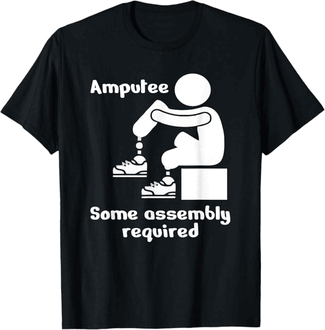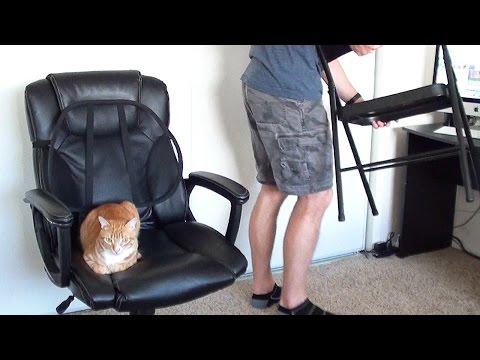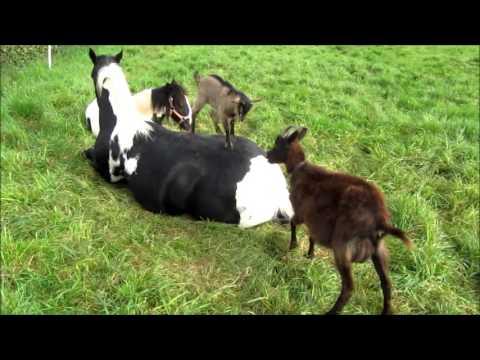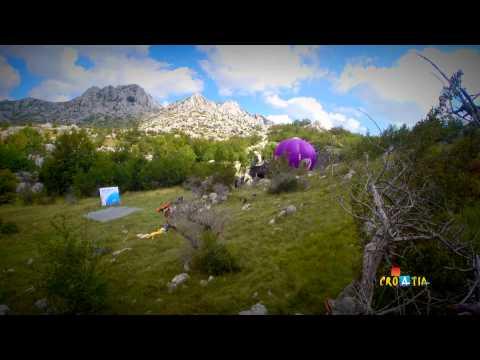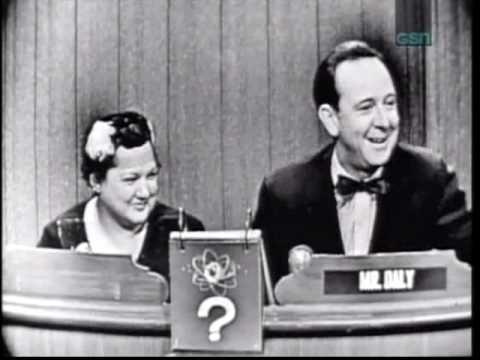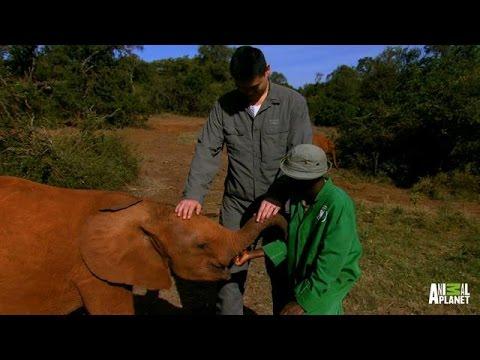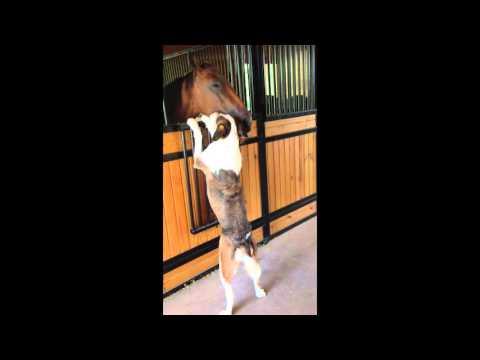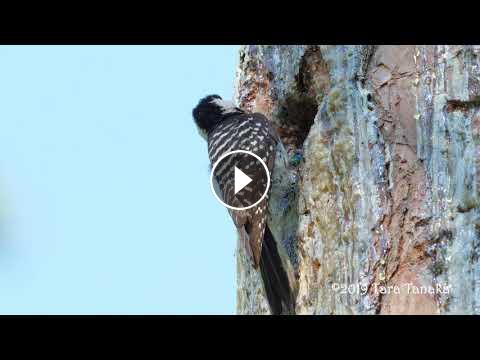In 2011 I videoed the installation of an artificial cavity in a tree at Tall Timbers Research Station in northern Florida, where a reintroduction program of the endangered Red-cockaded Woodpecker has been in place since 2006. After the hole had been artfully cut and the box installed, Michael Keys climbed another tree about 75’ away and drilled an “assisted start” hole to give the woodpeckers a head-start on a “natural” cavity. Last week I visited the tree in which the starter hole had been drilled and videoed parents and a male helper feed chattering young in the cavity. Most people have never seen this endangered bird, even one so high in a pine that it’s hard to identify, and it’s very unusual to get to see the red feathers that are usually hidden on the male’s head. During these feedings there was something that caused one of the males to call numerous times while lifting the feathers on the top of his head, revealing that tiny group of red feathers, distinguishing him as a male. In filming these birds I set up my camera away from the cavity, positioned my tripod, focused and adjusted the exposure, pushed the record button and walked about 200’ away to keep from disturbing their feeding. This is a compilation of the highlights of approximately three-hours of feeding.
- Category
- Pets And Animals


